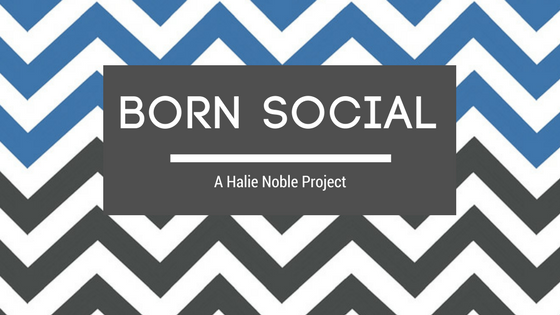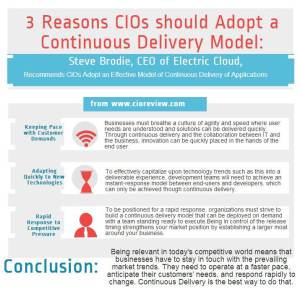When I inhale, I exhale my own used breath. When I trip and scrape my knee, it’s my blood that spills. When I articulate complex ideas for mass publication, it’s my brow gaining wrinkles but my hard-fought clout goes to someone else. But that’s ok. When I believe in someone or some brand, I enjoy furthering their goals and ideas through the skills I’m good at and paid for.

You must enjoy hunting a spotlight that you never get to claim.
Contrary to popular notion, few public relations (PR) professionals are ever basked in the spotlight they engineer. Being the on-camera face of a brand, the signature at the bottom of a company-wide memo, or the byline above a published article is not a PR professionals role. In the exceptional instances where that is one’s job, it’s often during crisis and to protect the image of another reputation (brand/person/product) .

In PR you pen many things that others will sign their name to.
We toil our days away, clamoring for attention that we can focus on those who pay us to do so. The term is called “ghostwriting,” but I don’t let it haunt me.
In the beginning of May this year, I drafted a lengthy blog post on a topic that I knew nothing of beforehand. It was in hope that the piece would be published on a specific, well-known blog that I won’t name.
The aim of this particular blog post was and is to promote the industry leading position of our client’s CEO. It’s written in the first person, voices personal opinions and makes experienced recommendations to other professionals in the industry.
Whether it was current industry trends, best/worst practices, or doomsday vs. utopia scenarios, readers need to be confident that not only does the author have zero doubts about the theories they are sharing, but that the listed insights are revolutionary and demand immediate action.
Tasks like these are “interesting” for a couple of reasons:
1) The first time I heard of the topic was the same day as my (at that point) assigned deadline.
2) I found I had no strong opinions on what I did research and by noon that day, still only a vague concept of what it all meant.
3) My client’s CEO had worked in the industry for over 35 years and that depth understanding of had to be reflected in the piece.
4) I had never even spoken with the man whose mouth I’d be putting words into.
Despite my efforts to produce and turn in something valuable in under 24 hours, I spent over a day researching the topic, at least three hours on a first draft, and another 60 minutes on the revision. After a week of communicating via email with the blog’s editor, it had been accepted for publication.

Waiting for approval to post content under another persons name can be the longest portion of the PR publication process.
I was enchanted, something I wrote was about to be read by thousands! But, and this is the biggest but of all in PR, the blog post’s “author” still needed to approve of the words he would be credited with. So, I sent it to Silicon Valley, crossed my fingers and awaited the green light.
Just this week, due to backlog on our client’s end and what was described to me as “more pressing items” More pressing than my beautiful prose? Inconceivable! – it went live on the “renowned” blog, more than three months after I originally wrote it.
It sits there now: 1,100+ words, carefully strewn together in a manner that shows no sign of the teeth pulling it took to place them there. What lies right below the oh-so-clever headline I crafted? A byline of course.
Does it read “Halie Noble”? Absolutely not. Instead, it credits the CEO of my employer’s client. His name is accompanied by a flattering headshot, so readers can put face to the genius they are about to read.
Before you rally in mass over my honor, we must remember a two things:
1) I was paid to write for my efforts.
2) I was never unclear on the objective of my work: Demonstrate the expertise over a complex subject held by the author.
If you want to excel in PR, desire making things happen. Understand that when it comes to promoting the values and ideas of others, accomplishments are accomplishments for your client- not yourself. You won’t exceed if you thrive on personal, public recognition versus that of your clients.
Be happy producing quality work and quietly watch (and analyze and report) the results.
40.014986
-105.270546












